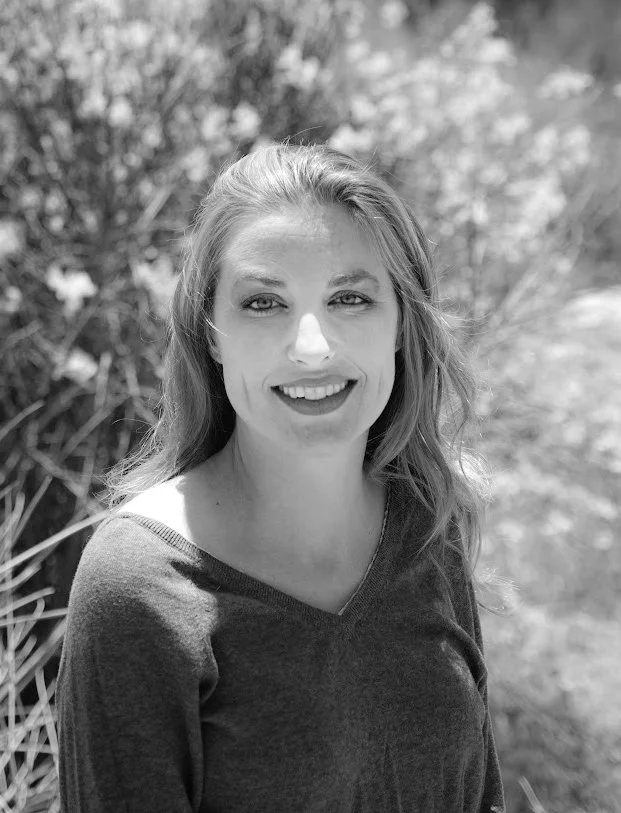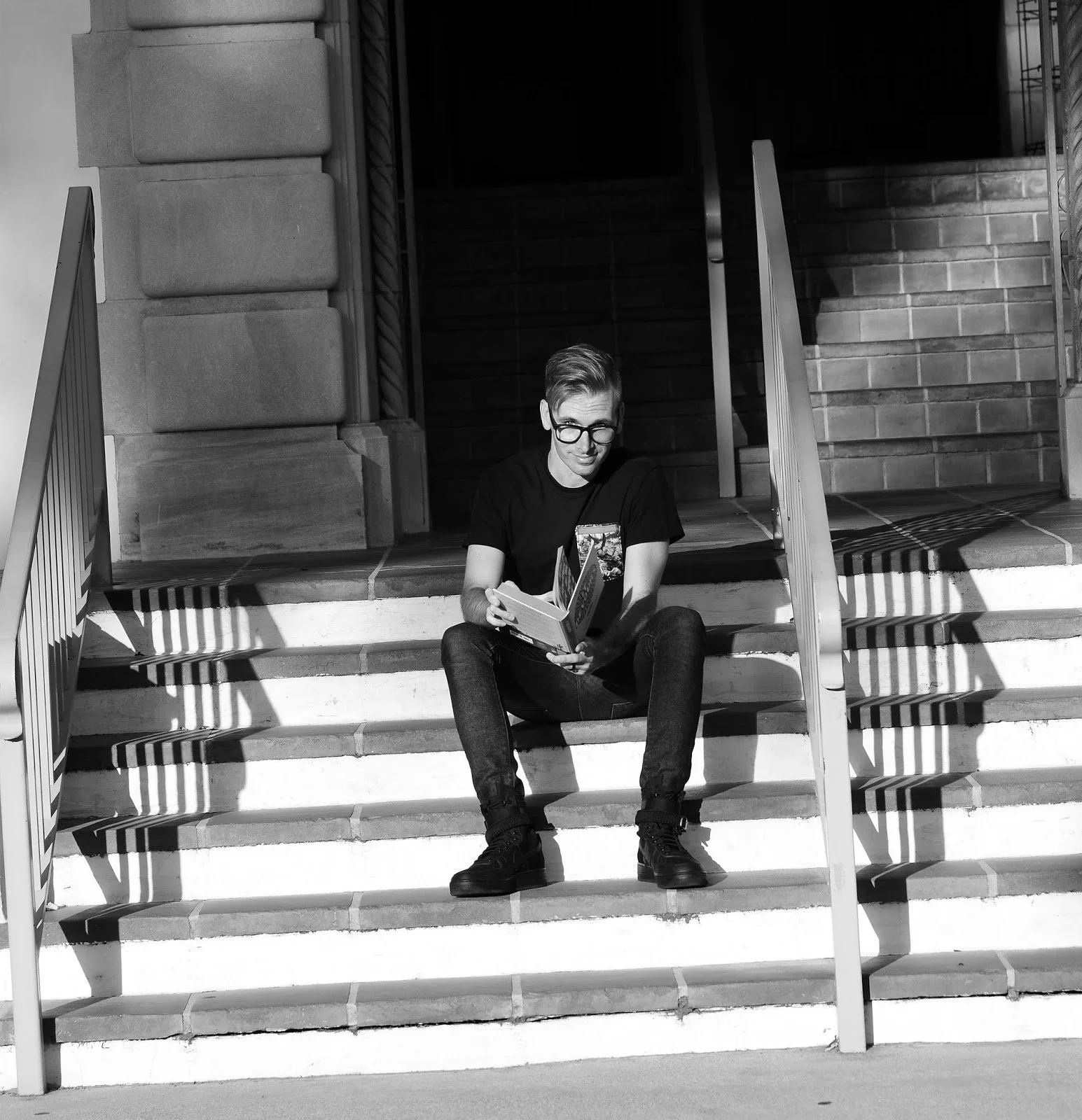Carly and Scott Creley
Carly Creley is a painter and photographer from Los Feliz in Los Angeles, California. She uses art to share her experiences in the natural world with others. Carly loves hiking, camping, and exploring new places. She teaches at a public charter school, leads an annual summer course in Sequoia National Park, and is a guide at Griffith Observatory. Her work has been exhibited at Art Share L.A., California State University, Los Angeles, and galleries throughout Southern California. Her art has been published in Spectrum and The East Jasmine Review, while her scientific research on tree squirrels has been published in the Bulletin of the Southern California Academy of Sciences. Her work is influenced by Kim Stringfellow, who combines place-based visual art with cultural and scientific writing, and Tiffanie Mang, who is a phenomenal landscape painter and teacher. Carly is currently completing a multifaceted project on Environmental Justice in the Imperial Valley.
Scott Noon Creley holds an MFA in poetry from California State University, Long Beach, and a BA in writing from UC Riverside. He is a visiting professor of English at Whittier College and the founding chairman of The San Gabriel Valley Literary Festival, which was established in 2012. His greatest influences are the Fresno poets and the likes of Grant Morrison, Christopher Buckley, and Gary Young. His most recent collection, Digging a Hole to the Moon, debuted in the top 50 of Amazon.com’s poetry section. He lives in Los Feliz with his wife, painter and photographer Carly Creley.
Degloving (Poetry by Scott Creley, Photographs by Carly Creley)
Before the pandemic, my wife, a photographer, used to snap pictures of the discarded latex gloves that seem to haunt every edge of the earth. Carly was a cartographer, a cryptozoologist, a noir occultist plotting the latex arcana that runs through dross fields of train track gravel and scuffed beer cans. She was a palmist reading traceless lifelines and brief fates of those who needed sterile hands.
Before the pandemic, these gloves were rare. Sometimes manifested on patches of untouched sand in Joshua Tree like inedible Manna. They were hung across the tops of fences, hygiene-blue eviscerated jellyfish who had never touched the sea.
At first they were a novelty.
Then these peeled hands seemed to grow in number as she marked them. As if they were summoned through her perception, as if her eye were an invocation. They filled her camera roll with their brittle translucence, their smears of indecipherable fluid and hollow hands crumpled around dead leaves and pebbles. For a while our friends used to send pictures of empty latex gloves clawing at the sky. They were a mystery. Remarkable.
But now, as the refrigeration trucks rumble into Los Angeles to roost amongst the white casualty tents like carrion birds, as our neighbors draw their curtains and do not open them again--the gloves are everywhere. A flood. They choke the gutters in clots, they flutter from the sticky rims of trash cans, flags of surrender, the waving, exhausted hands of the drowned.
Carly’s uncle dies. My cousin won’t go to the homeless shelter because COVID haunts her weathered, spun dreams, and the meaning of the gloves seems useless, distant. My mother’s lungs rattle like an empty spray can as she tells me she hasn’t left the house in seven months.
We only walk the streets late at night, sliding between pools of light from the streetlamps.
I’ve lost my imagination. I don’t wonder about the gloves. I no longer watch the ground and imagine whose hand, or what moment necessitated the thin barrier against the world, or what disgust made them fling it to the pavement—I no longer muse as to whether the relief map whorls and swirls of their fingerprints would still trace the inside of the latex like the rubbing of a gravestone.
As we walk home at night, Carly tells me that there must have been a warning somewhere in all of this. That she feels as if she had failed to read the tea leaves, or to decipher the punctuation in some divine cryptography.
The discarded gloves have multiplied beyond control, they’ve been joined by wayward masks, their metal clips still bent around an absent nose, their insides probably smelling of mint gum or still crisp with the snap of a cough drop.
Faces and hands, she tells me, her voice low like she’s invoking a secret, the things that make us meet the world—
And then I see that there are ghosts everywhere, flat people filling the silence, discarded but now living, their hands whirling in sign language as they pull themselves from their half-world and into our curved place. They’re trash angels made of negative space, the things left over and forgotten.
And we weave our way between them on the empty street as they pull one another to their invisible feet. All around us empty gloves are fistfighting at the edge of the LA River, brawling just for fun, their translucent haymakers busting empty masks, whirling through uppercuts and left hooks before the thin, algae-choked trickle washes them beneath the five freeway and out to sea.
They’re filling Los Feliz. Where they meet, the gloves are shaking hands, they’re high fiving. The masks start singing, then they’re raising their hands in a great discarded hallelujah, filling the air with the sound of the dry breeze rustling palm fronds at 3am.
They know my wife, she was one of the first people to greet them, she was their ethnographer and so they’re waving to us as they pass our little apartment, signing hello from the gutters and trees, dancing down the middle of the street in an extinction parade.
I raise my hand too, I wave. I don’t know if I’m saying hello or saying goodbye, and I think it probably doesn’t matter.
My wife could take a photograph.
But she doesn’t.




